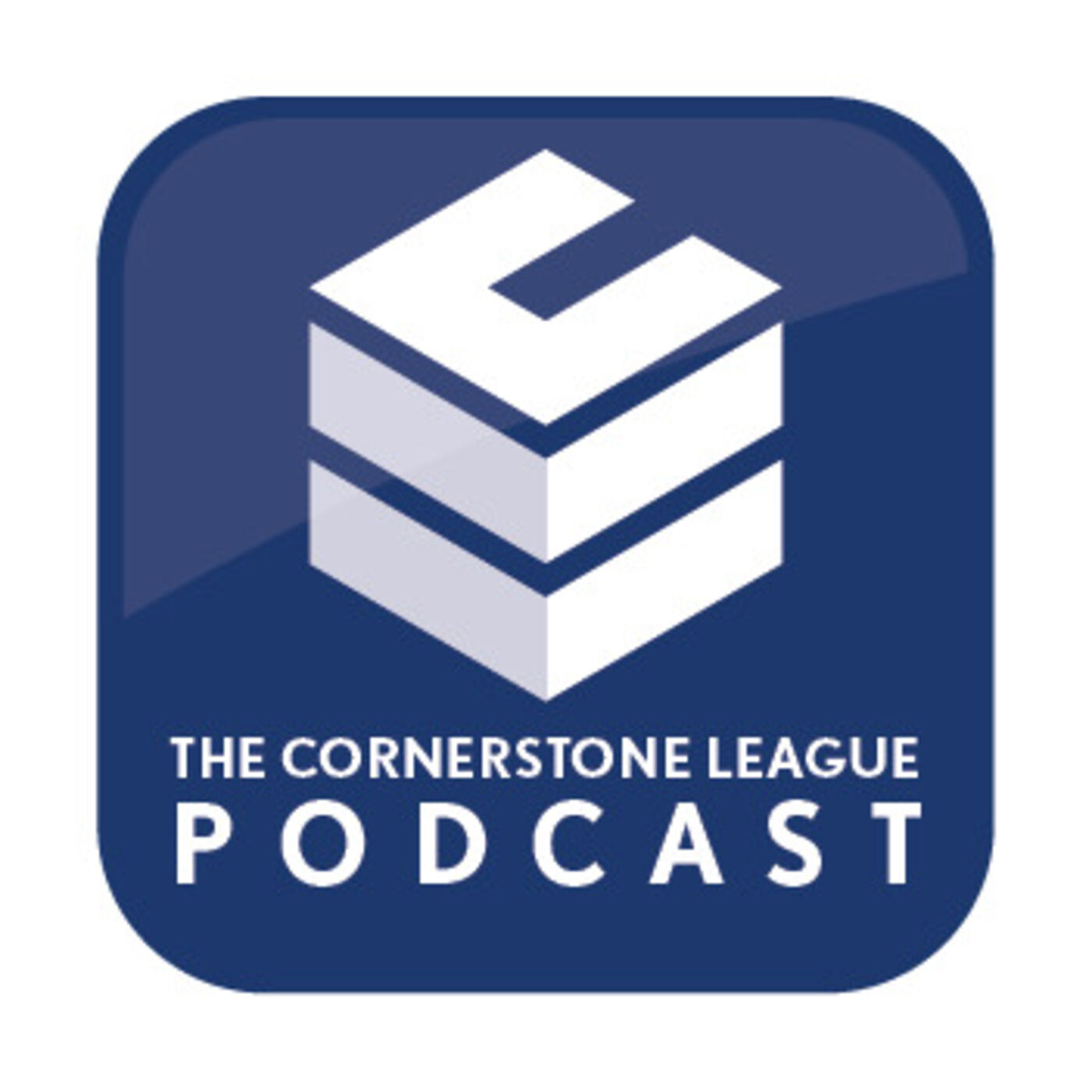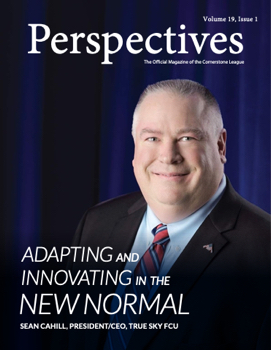

ALM Key Ratio Analysis Report: Page 8, the Earnings Equation
By Margot Strong, ALM and Financial Analysis Director, Cornerstone League
Recently you received your second quarter 2021 Key Ratio Analysis report, which is delivered to your inbox as part of your dues-supported service with Cornerstone League. Page 8 of the report was revised and updated in 2020 (from the Key Ratio Report), and it’s this important page that I want to discuss today.
Similar to its predecessor, the ALM Key Ratio Analysis Report now identifies 13 key ratios relating to your credit union’s financial stability. These should be monitored on a monthly basis. You can review all those ratios quarterly in what I refer to as the “earnings equation” on page 8.
Why You Should Monitor Your CU’s Financial Stability
If you’re not regularly reviewing your earnings ratios, checking how you compare to peer and your local market, how do you know if you’re on track to meet your financial objectives and the needs of your members?
Looking at these ratios and understanding how they’re related gives you the ability to monitor the results of your credit union operation. When regularly reviewed over time, the ratios can offer insights into the health of your credit union.
Monitoring the financial stability of your credit union has been of particular importance over the past 18 months, which we can all agree delivered a set of unprecedented circumstances. You’ll need to continue to navigate new terrain as the economic environment continues to evolve.
A Walk Through Page 8
Let’s take a look. Find page 8 of your Key Ratio Analysis Report, and then locate “Asset Yield” in the profitability section—that’s where we’ll begin to review the Earnings Equation, from the Asset Yield ratio through Net ROA (return on assets).
This is an equation, so what you’re looking at aren’t negative numbers in this section—those are minus signs. This is a long subtraction problem that allows us to see the components driving our Net ROA.
We start with Asset Yield, and from that we subtract our Cost of Funds—what it costs us to “buy” the money we bring into our credit union to fund the asset side of our balance sheet: loans and investments. That gives us our “gross spread.”
From our “gross spread,” we take out our Net Operating Expense (NOER)—what it costs us to run the credit union. That is, to pay employees, turn on the lights, run the DP system, market the products and services offered that help make members’ lives better, etc.
You don’t see the output of that calculation. The model tracks it, and to that, you add your “other operating income,” which gives you your “operating ROA,” or what we also refer to as our “profit from our five daily processes”: we loan, we invest, we buy money, we pay bills, and we collect fees.
Now, we don’t get to keep all of that because we have to deal with our loan quality, and we do that through our “provision expense.” We take our operating ROA and subtract our provision expense, which gives us our “net ROA” or an after-everything ROA. How does it look? Are you happy with that ratio? What is the trend doing over time?
As I mentioned, this is a long subtraction problem, and if we don’t like the Net ROA answer or how we compare to peer, we can go back and see what part of the equation is not performing. We can see how and where we’re different from the rest of the world and then identify what area or areas present our challenge and shift course accordingly.
So now let me ask you… Are you regularly monitoring the 13 key ratios listed on page 8 of your Key Ratio Analysis report to evaluate the health of your credit union?
If you’d like some clarification or have additional questions, don’t hesitate to contact me at mstrong@cornerstoneleague.coop.
Want to grow your understanding of ALM and the 13 Key Ratios?
Join us for the next Cornerstone League ALM Workshops:
- Little Rock, Ark., Oct. 5 & 6
- Oklahoma City, Okla., Oct. 19 & 20
Prefer an online format?
Virtual learning is popular and convenient, and we have the ALM information you need. The next ALM webinars will be held in November:
- Series I: Nov. 9 & 10
- Series II: Nov. 16 & 17
Watch your communications channels for registration details.
Also, visit the Cornerstone League blog to learn What You Need to Know About the Expense Analysis—Page 11.
Subscribe
Sign up to the receive the weekly Leaguer email. Existing subscribers can manage their subscription.

